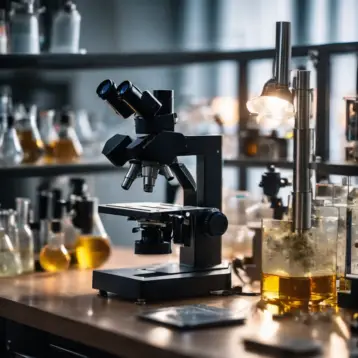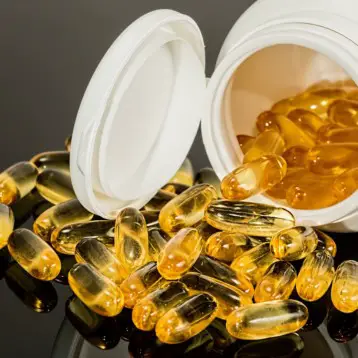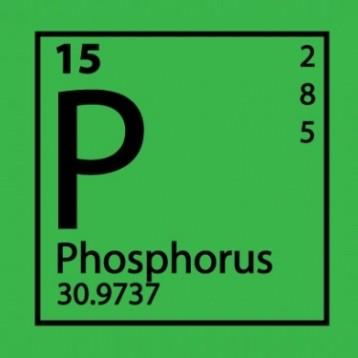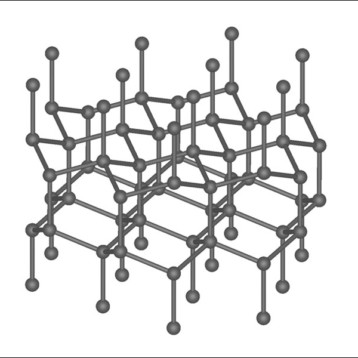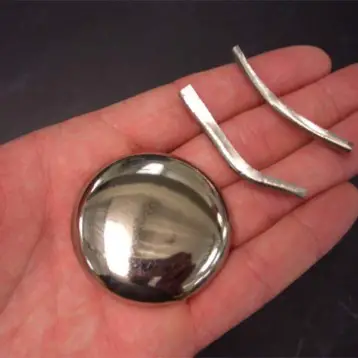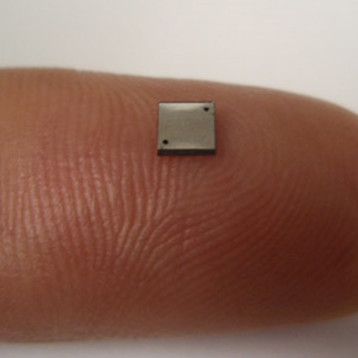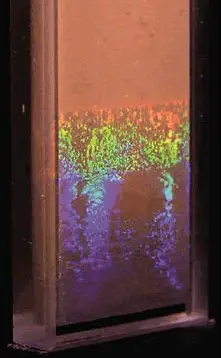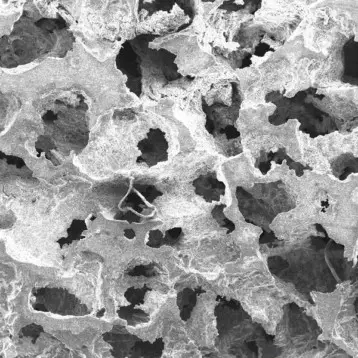Scientists at Pennsylvania State University and Virginia Commonwealth University are producing hydrogen by exposing clusters of aluminum atoms to water. Rather than relying on the electronic properties of the aluminum, this new process depends on the geometric distribution of atoms within the clusters and requires the presence of Lewis acids and Lewis bases in those atoms. Unlike most hydrogen production processes, this method can be used at room temperature and doesn’t require the application of heat or electricity to work.
 |
Aluminum clusters reacting with water
to produce hydrogen
(Credit: A.C. Reber, Virginia Commonwealth
University, Penn State University) |
|
Lewis bases are chemical compounds, or molecules, that can donate a pair of electrons to Lewis acids, compounds, or molecules with two free slots in their highest occupied molecular orbital. Water can act as either a base or an acid depending on the other substances available for chemical interactions. In the case of the aluminum, the water acts as a Lewis base, interacting with the Lewis acids in the aluminum cluster, and as a Lewis acid interacting with the Lewis bases in the aluminum cluster. The oxygen in the water binds to the Lewis acid aluminum while the Lewis base aluminum frees a hydrogen atom. If more than one hydrogen atom is freed, they bond with each other in pairs to create hydrogen gas and break off from the aluminum cluster.
This process only works if a Lewis acid site and a Lewis base site are in close enough proximity to each other to interact with the same water molecule. The researchers experimented with a variety of different cluster patterns, discovering three that result in hydrogen production. This is the first study that shows any effect from the geometric distribution of aluminum atoms within a cluster rather than its electronic properties.

|
Artist’s depiction of water molecules
reacting with an aluminum cluster
to produce hydrogen gas
(Credit: A.C. Reber, Virginia Commonwealth
University, Penn State University) |
|
Researchers plan to examine ways this process can be used to break the bonds of other molecules and also to explore ways to reuse the aluminum clusters over and over again for hydrogen production. This involves breaking the bond between the oxygen atoms and the aluminum Lewis acid sites, thus removing the hydroxyl groups remaining attached to the aluminum clusters after hydrogen is produced.



